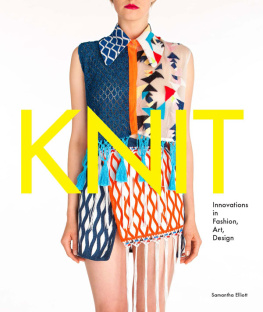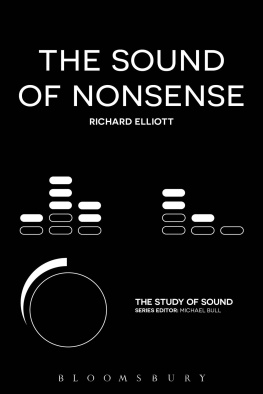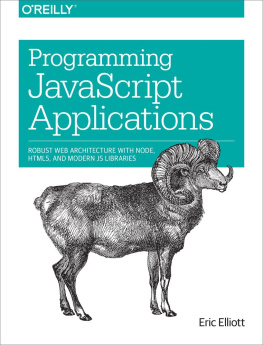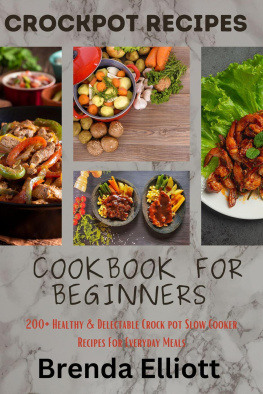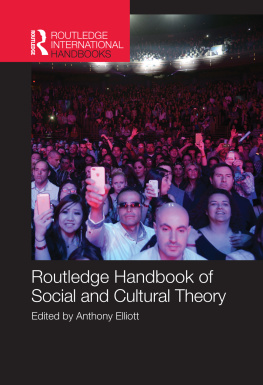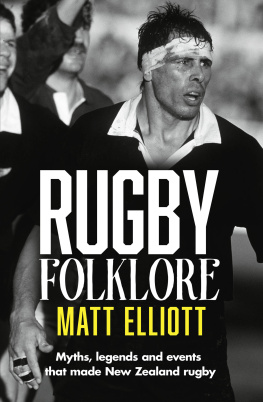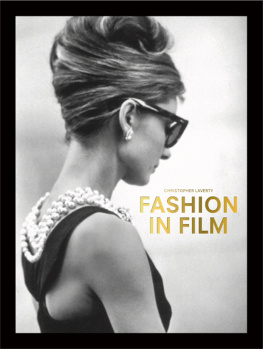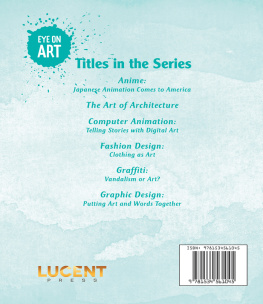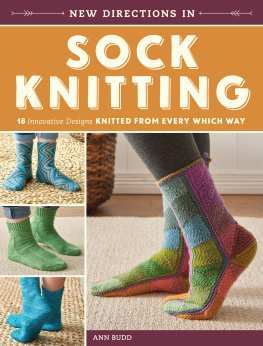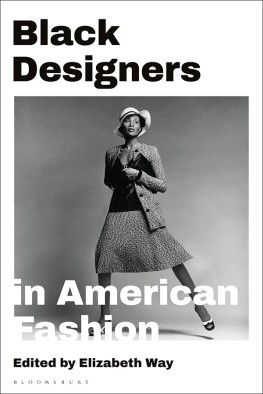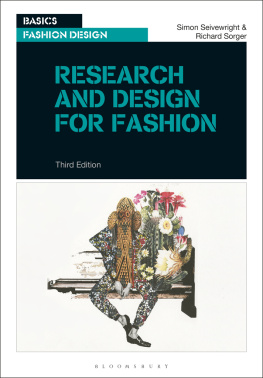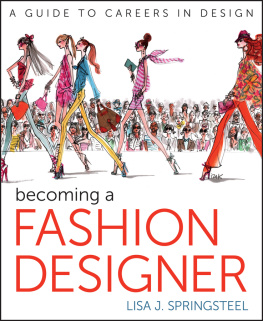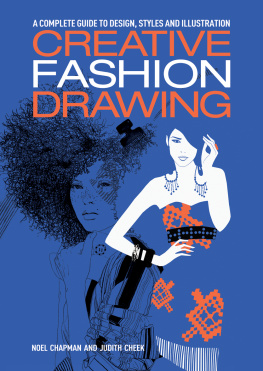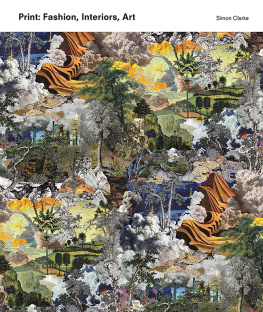KNIT

Published in 2015 by
Laurence King Publishing Ltd
361363 City Road, London,
EC1V 1LR, United Kingdom
T +44 (0)20 7841 6900
F + 44 (0)20 7841 6910
www.laurenceking.com
Text 2015 Samantha Elliott
Samantha Elliott has asserted her right under the Copyright, Designs, and Patent Act 1988 to be identified as the Author of this Work.
This book was produced by Laurence King Publishing Ltd, London
All rights reserved. No part of this publication may be reproduced or transmitted in any form or by any means, electronic or mechanical, including photocopying, recording or any information storage or retrieval system, without permission from the publisher.
A catalogue record for this book is available from the British Library
ISBN 978-1-78067-472-8
Design by Shaz Madani
Printed in China
Front cover: Leutton Postle, Spring/Summer 2013 Collection, photo by Simon Armstrong
KNIT:
Innovations
in
Fashion,
Art,
Design
Samantha Elliott
Laurence King Publishing
Contents
Introduction
Knit: Innovations in Fashion, Art, Design aims to present a snapshot of what is happening globally within knit, capturing the zeitgeist by exploring the multitude of outcomes being produced by fashion designers, product designers, artists and community knitters (guerrilla knitters, knitting groups, charities and others) who choose knit to realize their visions. The interviews they provide cover a range of issues, including design philosophy, the creative process, aesthetics, materials, technologies, environmental influences, and stitch and yarn choices.
The contributors featured have all been recognized for the quality of their work, whether they are up-and-coming young designers, or well-established companies that have been trading for hundreds of years. What they also have in common is the desire to work with knit in a highly innovative way, either through design or technology or both. Wherever possible, contributors have been asked to provide imagery that has not been published before, resulting in a fresh and exciting selection of pictures that illustrate environment, process and outcome.
There are a few fantastic publications already in existence that explore knitting in its many forms, but there are not many. As well as adding to their number, I believe this book offers a fresh approach, demonstrating the versatility of knit by grouping current practitioners into three different disciplines, inviting the reader to compare and contrast. The approach of anarchic, forward thinking design label Sibling, for example, can be seen alongside the work of Ruth Marshall, an artist who studies and recreates rare or extinct animal pelts through knitting, and the performance pieces, or knit interventions, staged by Liz Collins in the USA. While very different in their approach and their outcomes, they nevertheless all share the drive to produce original and thought-provoking work.
In fact, while interviewing the contributors, what struck me were the similarities between them. I asked Toshiko Horiuchi MacAdam how she defined herself, and her response was that this was something that probably mattered more to other people than to her. This is perhaps true of all the contributors; many could go in any section as they demonstrate such broad and diverse practice.
In the 1980s, knitting experienced a sharp decline. Sales of yarns and knitting patterns dropped massively as interest in the craft was replaced by fast fashion and the wide availability of cheap machine-knitted garments. However, as part of a resurgent interest in crafting in the twenty-first century, and benefitting from the development of the internet, knitting is now enjoying a revival. Memberships of guilds and clubs are increasing rapidly (the Womens Institute expects to have 250,000 members by the end of 2015), with members wanting to forge contacts with like-minded practitioners both in the real and virtual world. The local yarn store has been reinstated. Knitting suits our time. It is no longer an essential skill performed by a housewife to create cheaper garments (cheap garments are readily available, and yarn is no longer cheap by comparison), but a craft of choice, enabling makers and doers to develop skills, express a design aesthetic, make a political statements and become members of a community.
Knitters have also embraced the online world, with websites such as Stitch n Bitch encouraging knitters to set up groups, and Ravelry (which had 3 million members in 2013) offering a user-driven knit and crochet community. Knitters can now use the internet to learn from each other, blog, and share information and inspiration, creating the ultimate global knitting group.
Guerrilla knitting has been embraced as a global activity, too, with yarn bombing (or graffiti knitting) taking place on every continent. Some of these interventions are domestic in scale, affecting a handful of people who may pass an embellished tree or lamppost on the way to work. Others have a larger political presence, magnifying the inadequacy of a public space, or drawing attention to important issues such as homophobia or nuclear disarmament. Sadly, this movement may possibly have become a victim of its own success, having been adopted as a marketing tool by large companies. However, there are a number of practitioners who are undergoing a rebranding of their own and are reclaiming the activity, creating works that both provoke thought and demonstrate technical excellence.
Technology has also developed to enable faster, more efficient and (when pushed by an inspirational designer or artist) innovative knitting. And yarn development continues to evolve: a huge industry supports spinners and trend forecasters; global fairs showcase technical developments in spinning and construction, and are well attended by designers, corporations and fashion and textile students. Yarns can be strong strong enough even to support the weight of the human body, or bodies, as with the play structures of Toshiko Horiuchi MacAdam enabling artists to explore ideas related to scale and human interaction. Or they can be super-fine, able to create the most fragile, web-like structures.
Knit has been reinterpreted into products, too scaled up to perform weight-bearing tasks as furniture, see Claire-Anne OBrien in the design section, or as fine ceramics as cast by award-winning designer Annette Bugansky; knitted homewares exist designed to satisfy our need for nostalgia, or reinterpreted for our modern age with up-to-date colours that fit into our homes and comfort our children.
Knitting continues to inspire, inform and surprise. I hope you identify with some of the practitioners showcased in this book, and that they inspire you to be bolder, more experimental, and to continue engaging with a skill that has been evolving for thousands of years.
Fashion
Fashion is a huge, multifaceted industry and, for many, the preferred platform for the knitted structure. This section attempts to capture current trends by presenting a few of todays most inspirational designers and companies. There are notable exceptions. One may ask, why have a fashion section if it does not include the big brands? My feeling was that their work already receives a lot of coverage, so I have chosen instead to focus on designers who are ones to watch promising underground creatives, or those demonstrating particularly innovative techniques and styling.
The British design duo Alice Lee create luxury garments, with all pieces knitted entirely on a domestic knitting machine, pushing the technology to its limits. These are hands-on designers who will knit on the machine for hours to craft amazingly intricate structures.
Next page
